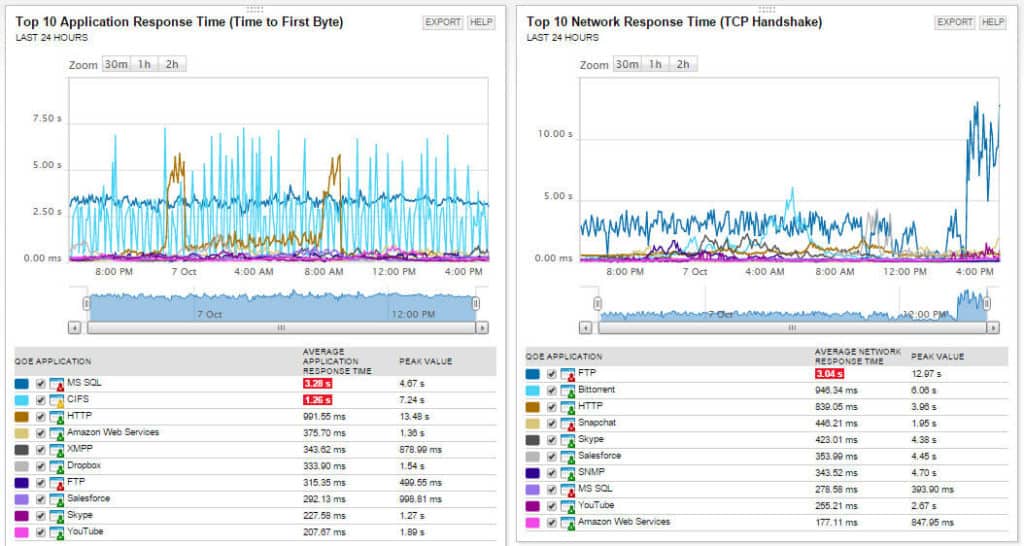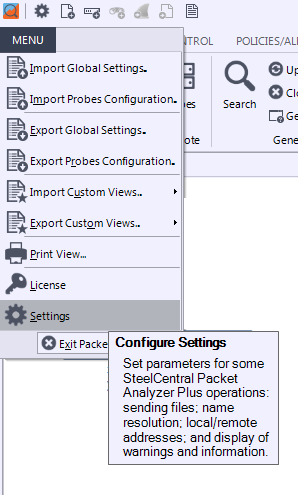


Unlike conventional devices with sufficient computing, processing, and storage resources, the sensor nodes and mobile devices used in WBAN technologies have limited capabilities. The most important problems of WBAN architecture are heterogeneity, scalability, and energy efficiency. To develop cost-effective, scalable, reliable, and flexible e-health services, WBAN technologies need to be simple, uniform, and support a secure communication infrastructure. Different types of sensors and HUBs in the WBANs can collaborate with various wireless technologies using IoT architecture 2, 3. In this context, WBAN technology with IoT technology makes new applications more powerful. Recent developments in hardware, software, and networking (eg., wireless sensor networks, radio frequency identification) technologies have contributed to the emergence of IoT. The internet of things (IoT) is a new technology that aims to connect anything at anytime and anywhere. New approaches to WBAN architecture have been proposed to meet these specific requirements. WBANs have different and specific features such as small size, different data rates, limited battery life, quality of service (QoS) requirements, and heterogeneous network traffic. These nodes aim to collect, store, and process the physiological parameters of the patient, and to provide health services everywhere. The coordinator node is called HUB in the IEEE 802.15.6 standard. In the field of health, a WBAN user comprises a number of sensor nodes (eg., ECG, EEG) and a coordinator placed inside or on the human body. The development of sensing, battery, and wireless communication technologies in sensor nodes creates new possibilities for the use of WBAN architecture in healthcare applications 1. The advances in the miniaturization of electronic devices as well as the increase in health costs have led to the development of wireless body area networks (WBANs). The simulation results show that the SDN-based structure meets the service quality requirements and shows superior performance in terms of energy consumption, throughput, successful transmission rate, and delay parameters according to the traditional routing approach.
#STEELCENTRAL PACKET ANALYZER NETWORKVIEW SOFTWARE#
The proposed architecture is modeled using the Riverbed Modeler software for performance analysis. To develop a more flexible architecture, a controller that manages all HUBs is designed. For this, a WBAN architecture based on the SDN approach with a new energy-aware routing algorithm for healthcare architecture is proposed. In order to create more flexible and dynamic network structures in WBANs, this study uses the SDN approach. The software-defined network (SDN) approach is a promising technology that defines a new design and management approach for network communications. However, the heterogeneous and complex network structure of WBANs has some disadvantages in terms of control and management. The use of wireless body area networks (WBANs) in healthcare applications has made it convenient to monitor both health personnel and patient status continuously in real time through wearable wireless sensor nodes.


 0 kommentar(er)
0 kommentar(er)
